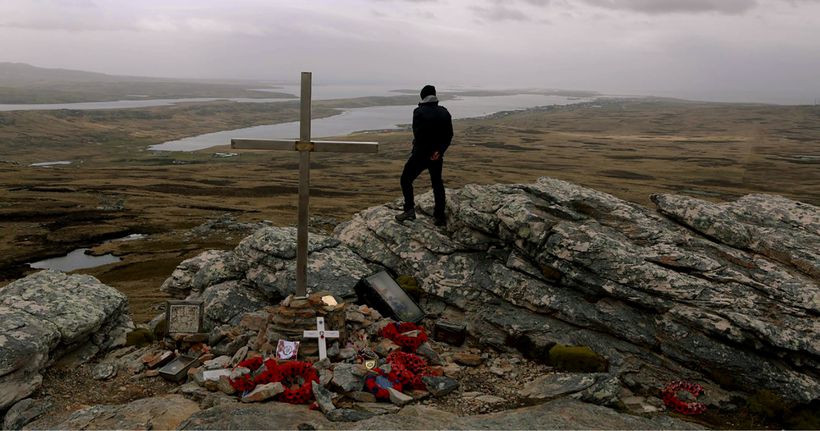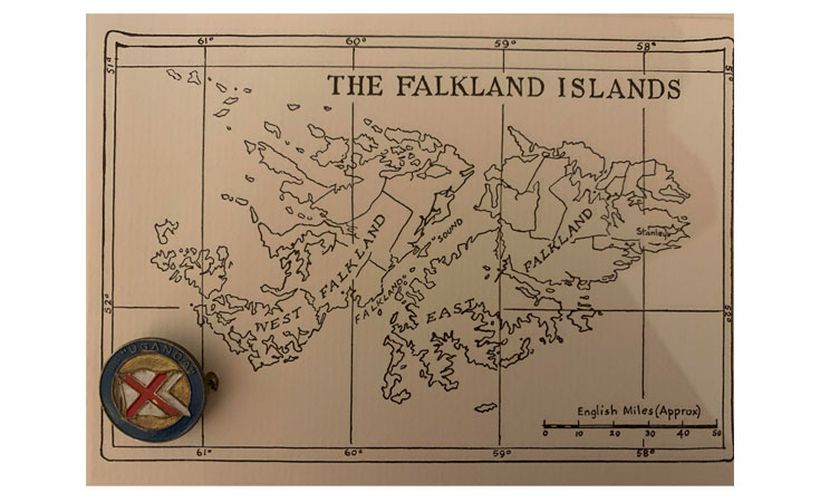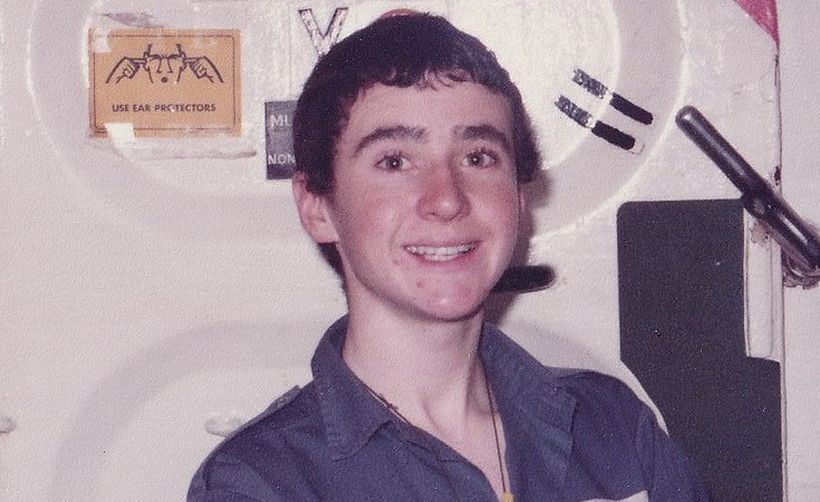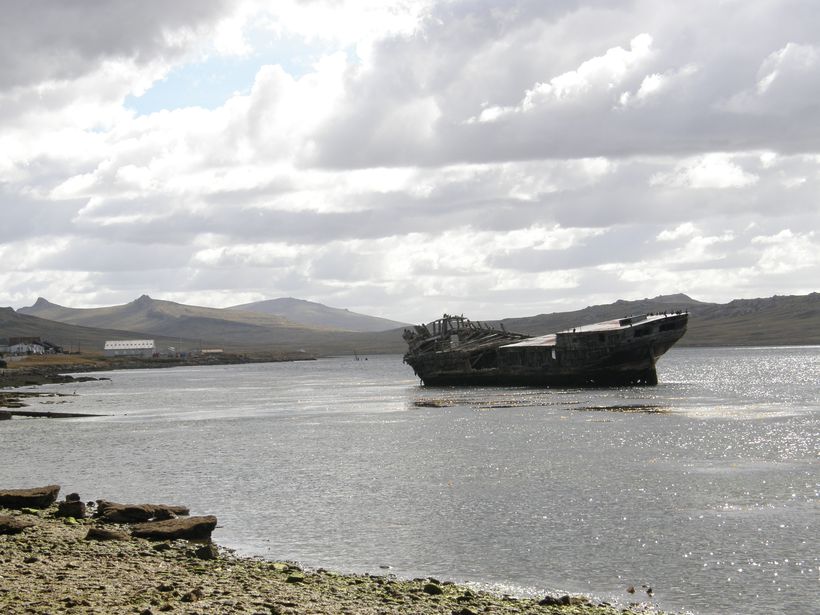Charity's support a fillip for record-breaker Cam
Updated on
Cameron Jacobs made history when he became the youngest person ever to run the London Marathon barefoot, but his mum, who was alongside him every step of the way, also celebrated her own epic feat







